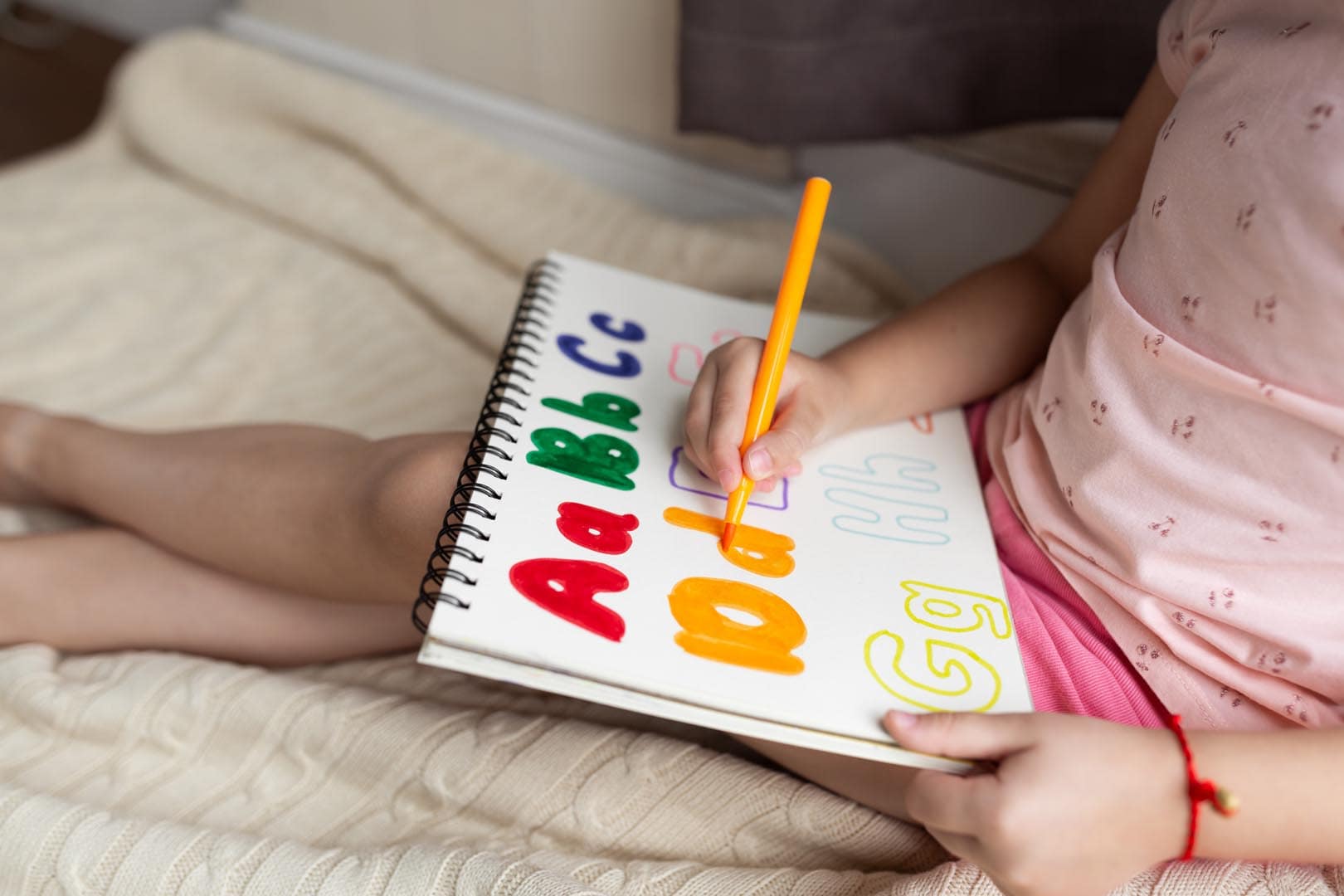Preparing Your Home for Therapy
There are many options when choosing a place for the treatment and therapy of children diagnosed with autism or ASD. Examples of therapies administered at home include ABA therapy, speech and language therapy and occupational therapy.
These therapies are drill-based, long-term treatments that require special care to ensure:
- A conducive environment for the therapy execution
- Consistency in the therapies and treatments
- Long-term patience and mental strength to sustain the stress
- Provision of a safe place for children
- Care for both the caretakers and children
All of the above key conditions can be maintained in a home environment through thoughtful and professional efforts. There are many governmental, social and nongovernmental support centers that provide useful information on learning how to provide support for your child.
To make your home suitable and conducive to different therapies used in the treatment of autism, you will want to take care of the following requirements:
Home Design
- Your home should be spacious and painted with relaxing colors, which impact positively on the emotions of children diagnosed with autism and their parents.
- It is very important to create a home environment that is safe and secure for the child diagnosed with autism.
- It should be a very safe home, which means there should not be any sharp-edged items. All the objects making a visual and physical impact on the children should be attractive and relaxing emotionally.
Home Structure and Support
- There should be structure and routine in the home while creating a relaxing place where the child feels at ease and comfortable.
- Try to become the expert of the emotions and behavior of your child and provide the required support for the growth and development of your child’s skills.
- Ensure all tools and equipment required in therapy and play are high quality and easily accessible.
- Nutritious food should always be available in the home, according to medical prescriptions, i.e., proteins that create adverse effects on the child with autism should be avoided while natural foods that are beneficial should be given to the child.
Treatment Environment
- Ensure you have a good understanding of the needs of the child diagnosed with autism. The level of ASD and conditions of the child should be properly diagnosed in order to provide the proper therapy for better treatment outcomes.
Never give up and keep trying for better results. These are time-consuming treatments that require patience. There should always be consistency in the results of the treatment.
Emotional Environment
- Always take care of yourself and take the time to enjoy the company of your friends and family so that you are relaxed and can provide the best care for your child.
- Keep the emotional environment of the home very light and enjoyable, according to the needs of the child with autism.
- Accept the love of your child and appreciate any good work he or she accomplishes, even if it is modest progress so that your child is motivated in his or her life and activities.
The requirements for therapy at home may vary according to the level of ASD of the diagnosed child and the types of therapies being executed, but the above-mentioned points are crucial for preparing your home for therapy.








